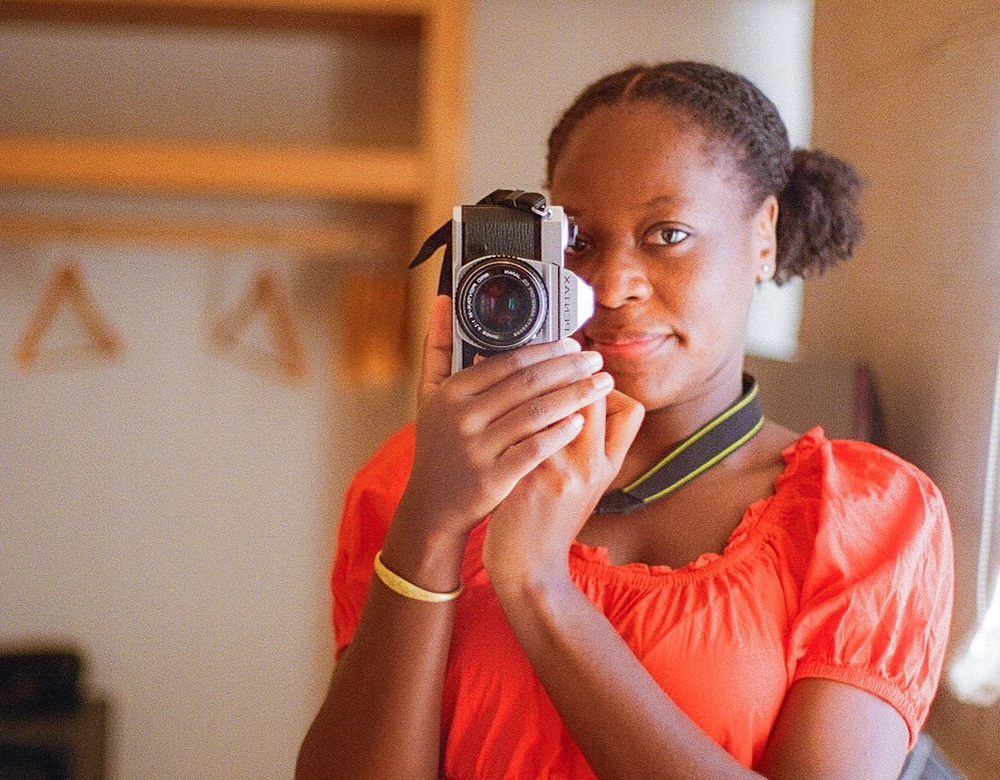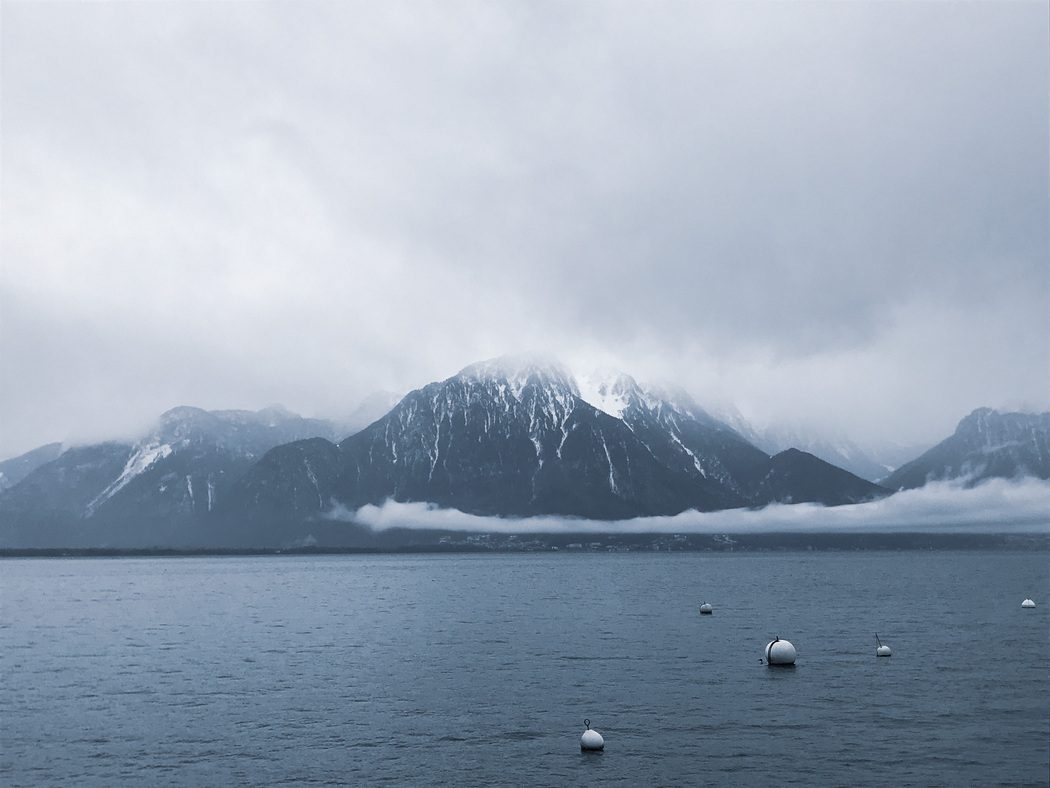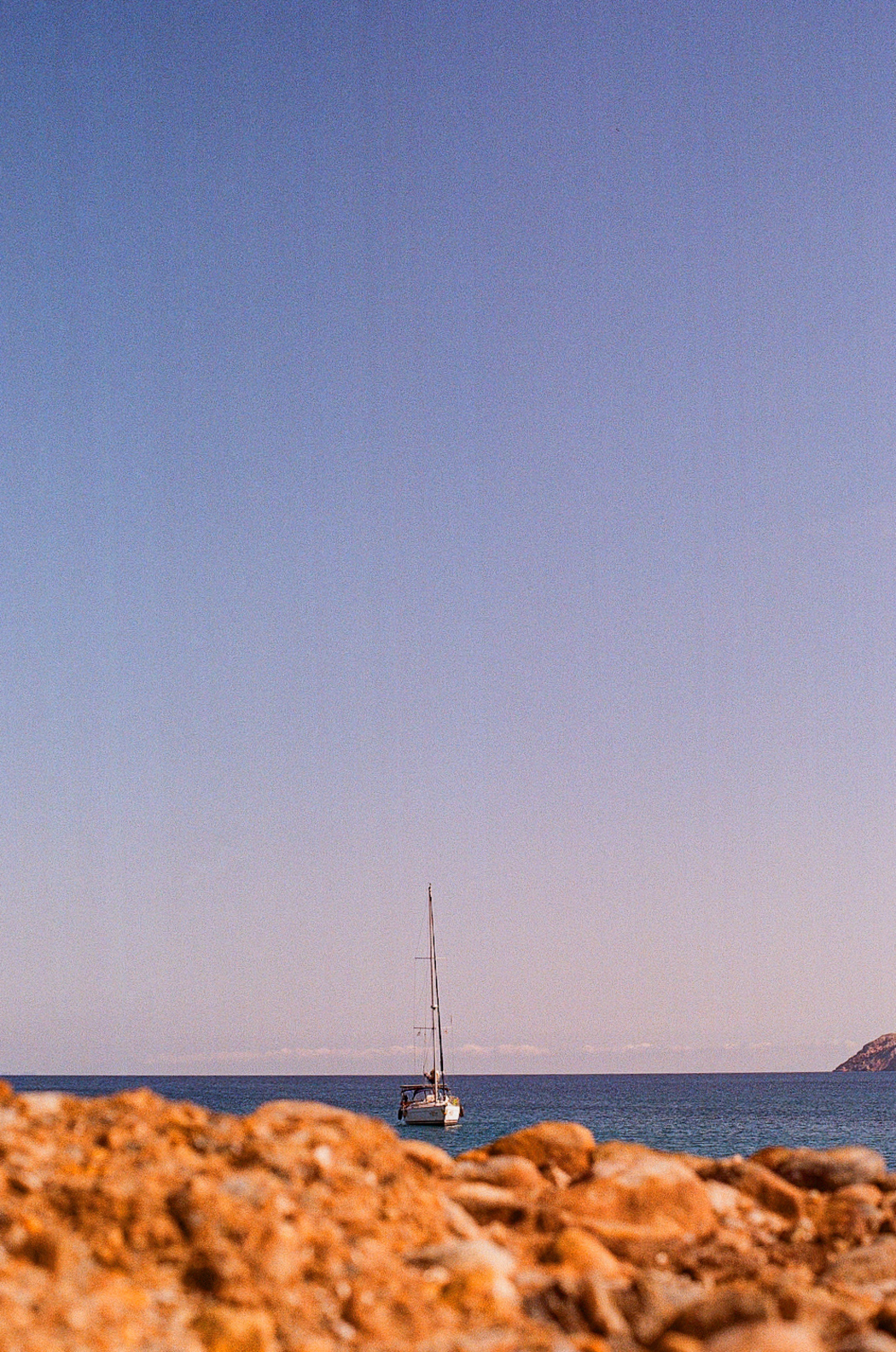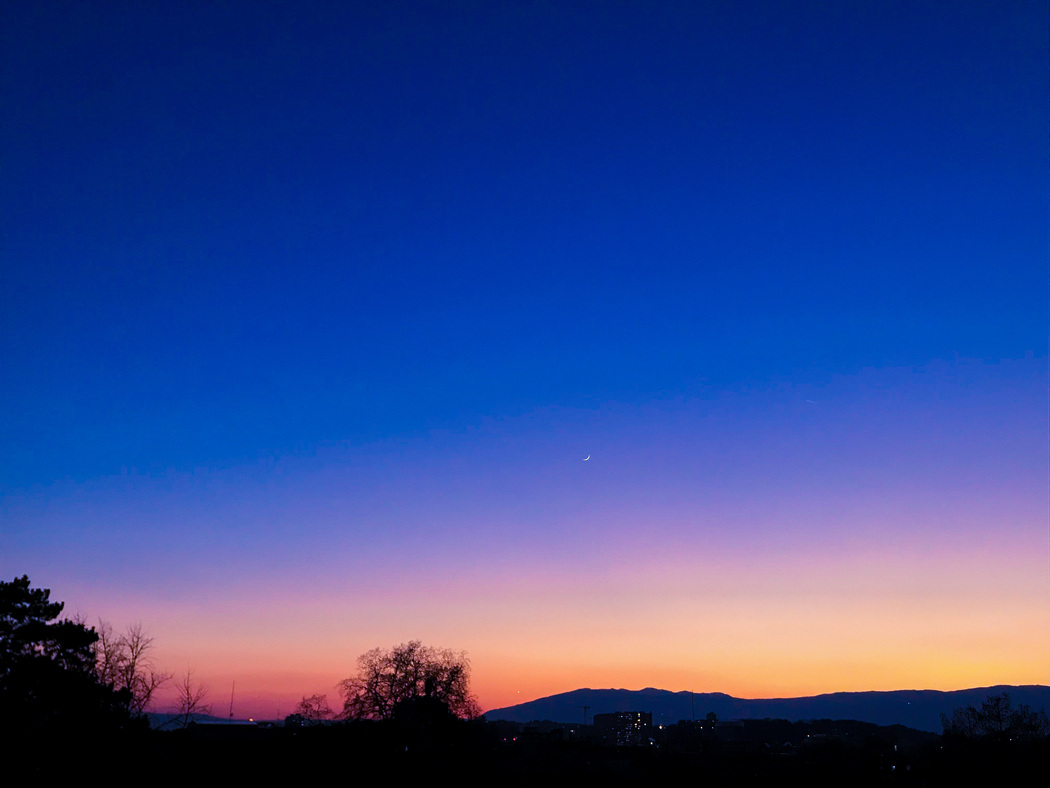Lily Young
Year of birth: 1995.
Where do you live: France.
Describe your art in three words: Timeless, colourful, vibrant.
Website | Instagram
How do you decide which landscape or moment to capture when you’re out shooting?
When I’m shooting, I often observe a lot and go with my guts. I look for moments when the light, sky and land (whether it be the sea, or the actual land) come together in a way that feels like they make one. Sometimes, they come together at sunset, or sunrise or when it’s cloudy… I do not necessarily look for sunsets or sunrises but I try to capture moments that resonate with me visually.
Your project “The Skies Land” highlights the connection between the sky and the land. Can you talk about how you approach capturing that relationship visually?
Visually, in “The Skies Land,” I pay attention to how both the sky and the land come together. Sometimes, I feel like they tell two different stories, or are in an argument (like in my picture of The Sunset) and sometimes I do feel like they tell a similar story (like in my picture, Moody, cloudy times). Either way, they interact with each other. In my opinion, the sky tends to convey a peaceful feeling, when the land provides structure. When capturing this relationship, I focus on how the sky frames the land and what visual dialogue they create together.
How do you believe the colors of the sky and land influence the mood of the viewer, and how do you choose to capture those moods in your photography?
Colors play a huge role in conveying emotions and therefore changing moods. A vibrant sky with warm tones like red and orange can feel energizing or dramatic, while light blue, and grey colours may convey a peaceful, or melancholic feeling. Similarly, the land’s colors may help set the tone. I think about what emotions I want to evoke, choose my scenes and lighting accordingly, especially when I shoot on film. For instance, I might choose to go for a Kodak Gold 400 or Portra 800 for bright colours.
When viewing your work, viewers often imagine the context behind the picture. How important is it for you that your images tell a story, and how do you achieve that through photography?
I do think about storytelling when I capture moments. Every moment has a story, whether it be the passing of the day, or the changing of seasons. I try to spark curiosity in the viewer’s eyes, to encourage them to imagine what might have happened before or after that moment. I achieve this through photography by playing with the colours and lights. Carefully choosing, when to shoot and capture these moments (at dawn, or in broad daylight), matters a lot to me to tell the story I want to tell.
Do you find that different locations or times of day have an impact on the atmosphere and mood you wish to convey in your work? If so, how do you adjust your approach accordingly?
Oh, absolutely. Different locations and times of day offer different atmospheres and moods. The golden hour, with its warm, soft light, often creates a feeling of nostalgia. The broad daylight (around noon) often creates the feeling that we have the whole life ahead of us, that the day is nowhere near over. At night, the quiet and darkness can create a feeling of mystery. Depending on the location and the time, I always adapt; I change my aperture, choose my film accordingly, change the mode on my digital camera, etc.
Can you share how you feel your background in digital and film photography has shaped the way you perceive and capture landscapes?
Film photography taught me patience and the importance of appreciating each and every shot, even if they didn’t come out the way I’d expected. As for digital photography, it has been the best way for me when I started photography to experiment different techniques and compositions. The flexibility it conveys, helped me explore all the different ways I could capture a moment. Thanks to the knowledge, I have been able to use one or the other to, either give the feeling that the photo could have been taken decades ago (with a film camera), or give the feeling that the flawlessness of the picture could make it look like a painting (with a digital camera).
What is your process when editing your photos? Do you try to retain the natural essence, or do you bring in your own interpretation through editing?
My editing process really depends on what I want people to see the most when looking at my photos. If it is landscape photography, I will most likely enhance the colours a bit. But I also might adjust the contrast and sharpness of the photo, depending on if I want to viewer to focus on the sky or the land. However I choose to edit the photos, I always make sure the pictures keep a certain authenticity.





Leave a Reply